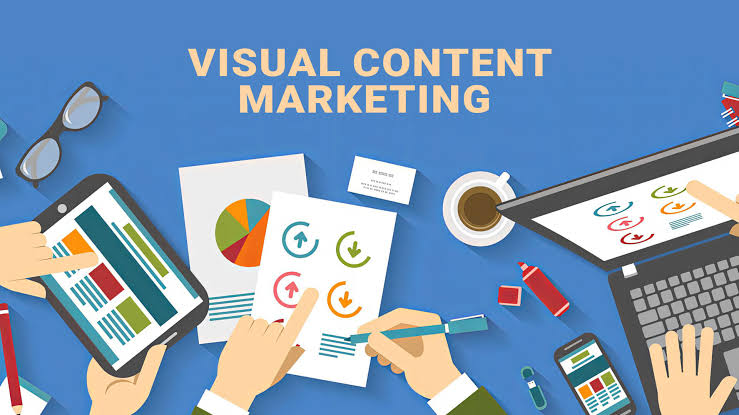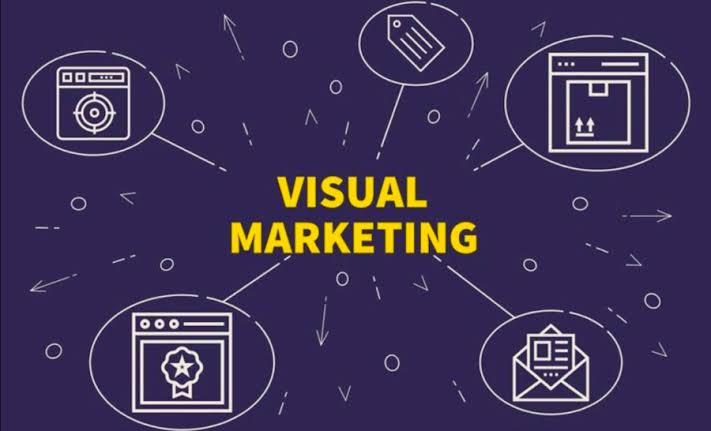
Visual Marketing: The Power of Images in Today’s Digital World

Introduction
In today’s fast-paced digital landscape, visual content reigns supreme. From captivating images on social media to eye-catching videos on websites, visuals have become an indispensable tool for businesses and individuals alike. Visual marketing, the art of using visual content to engage and connect with audiences, has emerged as a powerful force in the modern marketing landscape.

Key Features of Visual Marketing
- Compelling Imagery
Uses high-quality images to grab attention and convey messages effectively. - Infographics
Combines data and visuals to present complex information in an easily digestible format. - Video Content
Engages audiences through storytelling, tutorials, or product demonstrations, enhancing emotional connection. - Consistent Branding
Employs a cohesive visual style (colors, fonts, logos) to reinforce brand identity across all platforms. - Interactive Elements
Includes interactive visuals (quizzes, polls, sliders) that encourage user participation and engagement. - User-Generated Content
Leverages visuals created by customers (photos, videos) to build community and authenticity around the brand. - Social Media Integration
Optimizes visuals for sharing on social platforms to increase reach and engagement. - Mobile Optimization
Ensures visuals are designed for mobile viewing, catering to the growing number of mobile users. - Emotional Appeal
Utilizes colors, imagery, and design to evoke specific emotions that resonate with the target audience. - Clear Calls to Action
Incorporates visuals that guide users toward specific actions, such as clicking a link or making a purchase.
The Importance of Visuals
Visual Marketing have an undeniable impact on our brains. They are processed 60,000 times faster than text, and they can evoke strong emotions and memories. By incorporating visuals into your marketing efforts, you can:
- Capture attention: Visuals are more likely to grab attention and hold it than text alone.
- Convey complex ideas: Images and videos can simplify complex concepts and make them easier to understand.
- Build trust: High-quality visuals can create a sense of credibility and professionalism.
- Drive engagement: Visual content is more likely to be shared, liked, and commented on than text-based content.

Types of Visual Content
There are countless types of visual content that can be used for marketing purposes, including:
- Images: Photographs, illustrations, and infographics
- Videos: Short clips, live streams, and animated videos
- Motion graphics: Animated text, shapes, and effects
- Interactive content: Quizzes, polls, and games

Advantages and Disadvantages of Visual Marketing
Advantages
| Advantage | Description |
|---|---|
| Enhanced Engagement | Captures attention more effectively than text alone, increasing user interaction. |
| Improved Recall | Visuals help consumers remember your brand and message better. |
| Faster Communication | Quickly conveys complex ideas and information through images and videos. |
| Stronger Emotional Connection | Evokes emotions that can influence purchasing decisions. |
| Increased Shareability | Visual content is more likely to be shared on social media, expanding reach. |
| Brand Identity | Helps establish and reinforce a consistent brand image through visual elements. |
Disadvantages
| Disadvantage | Description |
|---|---|
| High Production Costs | Creating high-quality visuals can be expensive and time-consuming. |
| Requires Expertise | May need professional skills in graphic design or video production. |
| Over-Saturation Risk | With so much visual content online, standing out can be challenging. |
| Misinterpretation | Poorly designed visuals can lead to confusion or miscommunication of the message. |
| Accessibility Issues | Visual content may not be easily accessible to individuals with visual impairments. |
| Dependence on Trends | Visual styles can change rapidly, requiring constant adaptation to stay relevant. |
Best Practices for Visual Marketing
To create effective visual content, it’s important to follow these best practices:
- Use high-quality visuals: Choose images and videos that are sharp, clear, and visually appealing.
- Keep it simple: Avoid cluttering your visuals with too much text or unnecessary elements.
- Consider your audience: Tailor your visuals to the interests and preferences of your target audience.
- Optimize for different platforms: Different social media platforms and websites have different image and video requirements.
- Track your results: Use analytics to measure the performance of your visual content and make adjustments as needed.

Conclusion
Visual marketing is an essential component of any modern marketing strategy. By leveraging the power of images and videos, businesses and individuals can capture attention, convey complex ideas, build trust, and drive engagement. By following the best practices outlined above, you can create effective visual content that will help you achieve your marketing goals.

